Home > Climate News >
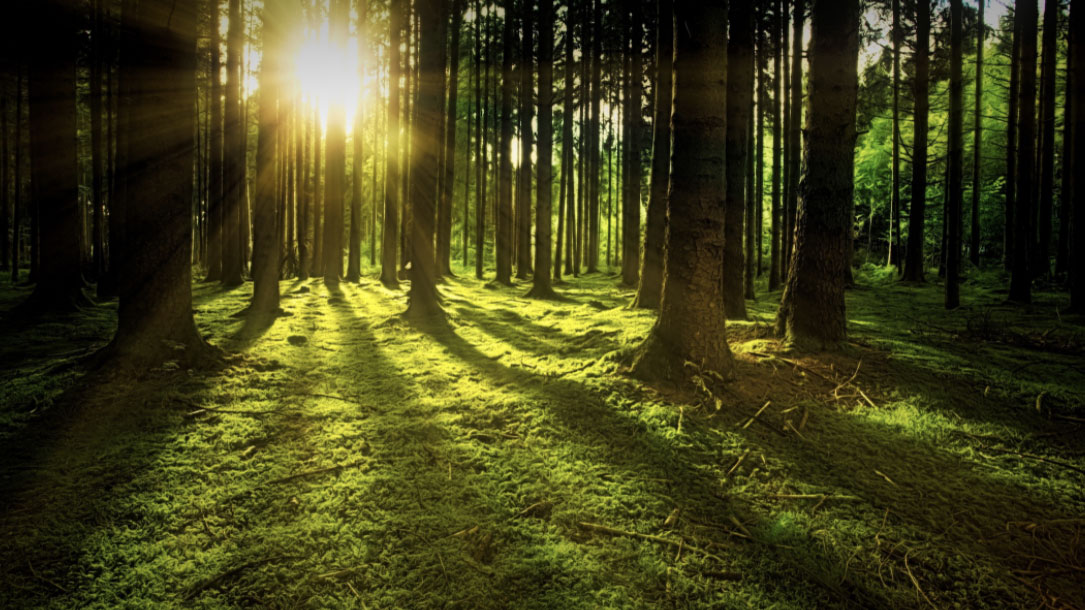
Finding the Mother Tree: An evening with Susan Simard
7:00-8:30 PM EST
In her first book, Finding the Mother Tree, Simard brings us into her world, the intimate world of the trees, in which she brilliantly illuminates the fascinating and vital truths — that trees are not simply the source of timber or pulp, but are a complicated, interdependent circle of life; that forests are social, cooperative creatures connected through underground networks by which trees communicate their vitality and vulnerabilities with communal lives not that different from our own.
The Western New York Land Conservancy is thrilled to host Dr. Simard for a live-streamed virtual event. Finding the Mother Tree: An Evening with Suzanne Simard will include a presentation on her pioneering work and a conversation.
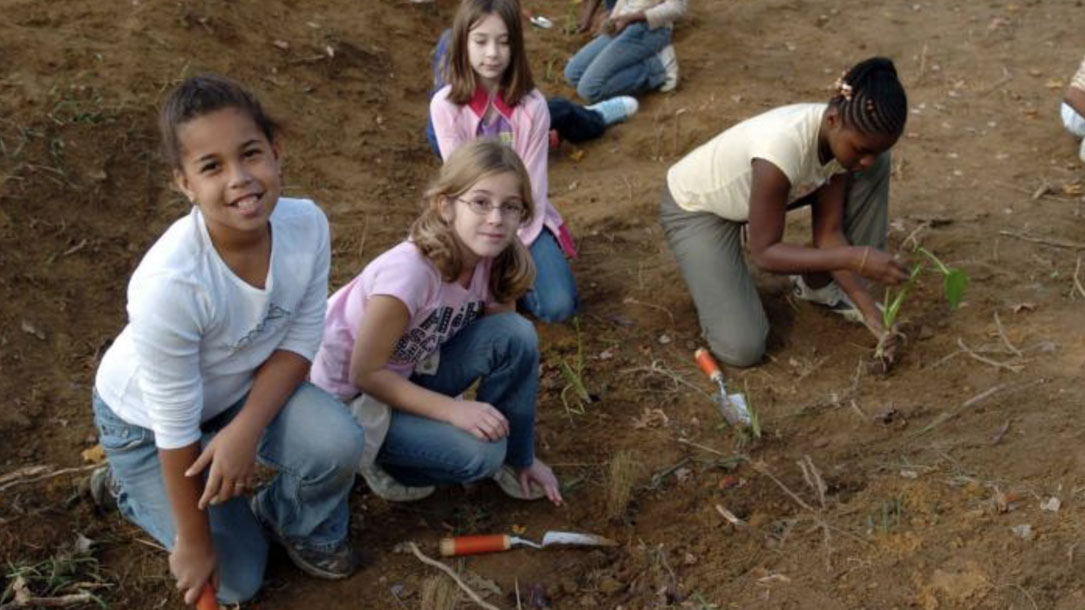
Report: Conserving and Restoring America the Beautiful
“A preliminary report to the National Climate Task Force recommending a ten-year, locally led campaign to conserve and protect the lands and waters upon which we all depend, and that bind us together as Americans.”

Crystal Spring Farm Community Solar Project
For the [over] 25 years BTLT has owned and managed Crystal Spring Farm, a 331-acre property dynamic in its agricultural impact, community programs, recreational opportunities, and ecological value. As BTLT staff and resources have grown, so has our capacity to manage the many aspects of this incredible property…
Capacity: 78.65 Kilowatts (KW), 286 photovoltaic solar panels, 275 watts/panel
Host: Crystal Spring Farm, with concurrence of the Brunswick-Topsham Land Trust (landowner).
Participants: Crystal Spring Farm plus seven other Brunswick families without access to solar electricity where they live.
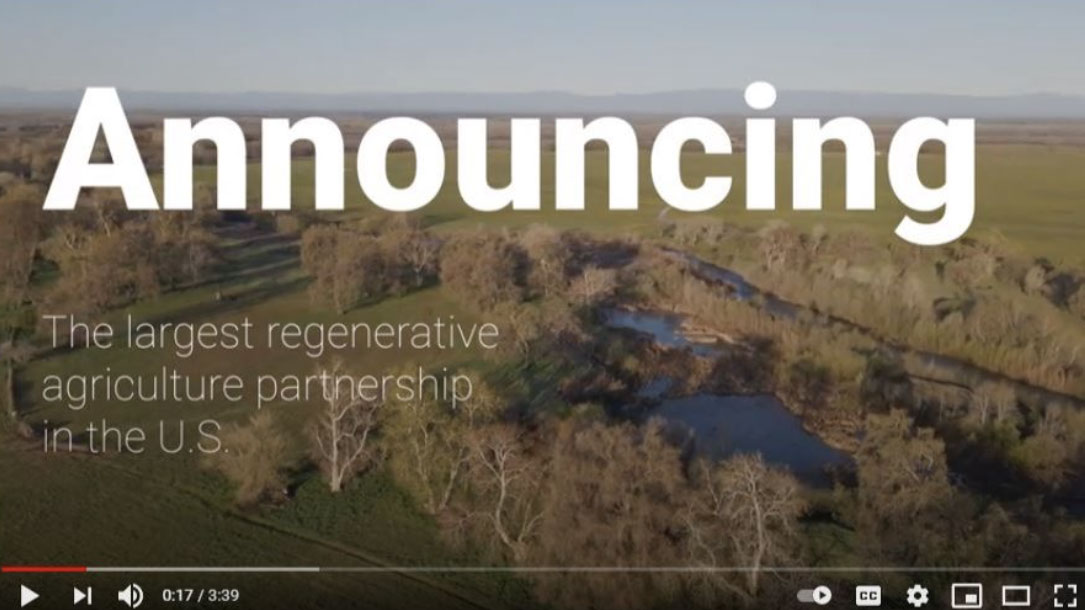
Largest market-based regenerative grasslands partnership in the U.S.
Panorama Organic Grass-Fed Meats to certify one million acres of wildlife habitat with the National Audubon’s Conservation Ranching Initiative.
The Audubon Conservation Ranching Initiative seeks to enhance the stewardship of grasslands for the benefit of birds. Birds have suffered significant decline over the past 50 years due to loss of U.S. grasslands to widespread development.
This initiative empowers consumers to support programs that restore bird populations via conservation practices by selectively purchasing beef nationwide from Audubon-certified farms and ranches, including Panorama Organic and other participating brands. The Audubon certification seal carries broad market appeal among consumers who care about the environment.
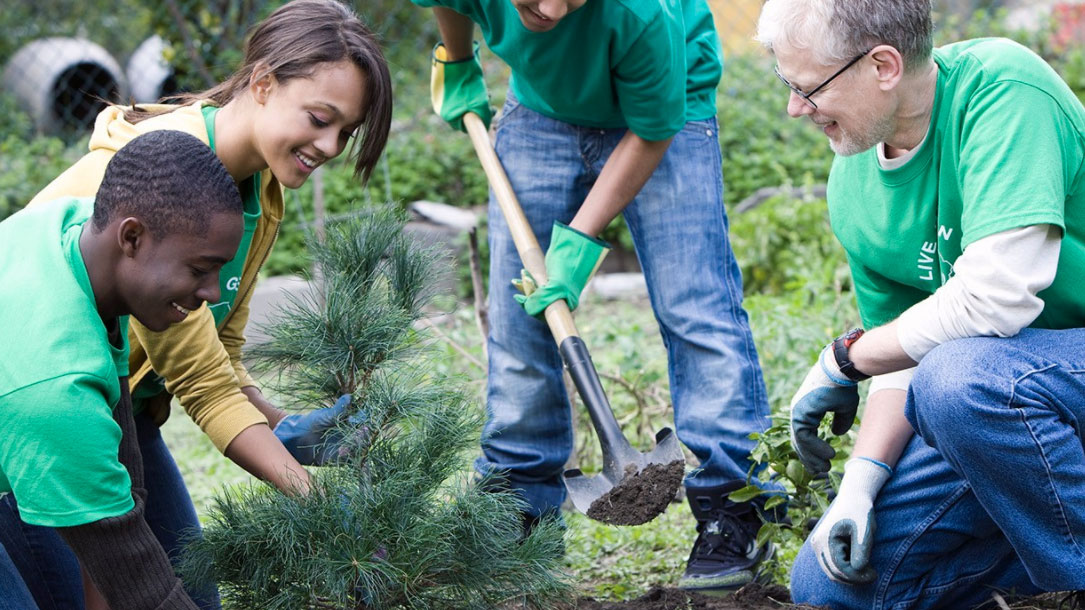
Using urban forestry to fight for environmental justice
Trees—and urban trees in particular—provide enormous benefits. For starters, they’re responsible for producing oxygen and removing CO2 and other pollutants from the air. Urban forests in the U.S. remove an estimated 75,000 tons of air pollution per year. They reduce the impact of falling rain and encourage that water to soak into the ground, reducing flooding and erosion as well as preventing pollution from entering waterways…
The U.S. Forest Service estimates that trees reduce the energy consumption needed to cool homes in the U.S. by more than seven percent…

Six ways to stay balanced during the climate crisis
Know anyone stressed out about a warming planet? A surgeon and a psychotherapist offer advice on how to grow more resilient.
Research suggests that although there may be a genetic component, resilience is a function of a potpourri of factors, not a must-have gene, trait, or cultural determinant. Resilience also appears to cut right through social classifications of culture, race, class, gender identity, religion, and political affiliation. This knowledge that resilience is widely distributed is encouraging, as is the fact that it can be developed and nurtured…
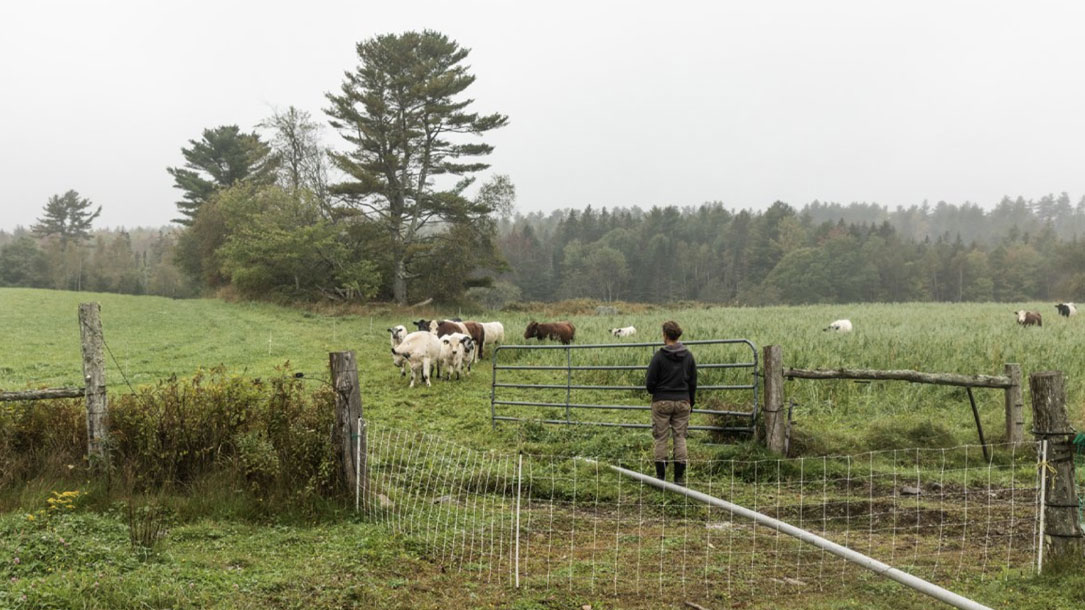
Maine farmers struggle with new, harsher climate reality
Tom Drew thought he’d seen it all. A dairy farmer of 30 years in Woodland, Maine, Drew has weathered an awful lot of change. On an overcast, chilly day last fall, he rested in his milking parlor.
As he leaned his large frame on the metal table, he recounted the history of the farm, his family’s attachment to the old jack pines out front. Like many small and medium-scale dairy farmers, remaining profitable is a challenge for Drew, and every day feels uncertain…

Reflections from Judy, March 2021
There’s some very encouraging climate change action these days. More and more, I’m seeing an integrated approach to how climate change can, and needs to be, addressed.
The same goes for the urgency.
The 30 x 30 initiative is (not surprisingly) strongly supported by land trusts and conservation organizations. Protecting land is what they/we do. The timing is important as there is increasing evidence that many of the lands and waters we are collectively working to conserve are near, or already at, a tipping point.
This will mean different land management practices that prioritize slowing down climate change as well as bolstering climate resilience. It will also mean conservation-oriented folks supporting community resilience and engagement, reducing the need for energy (energy conservation), and identifying how renewable energy is compatible with land and water. It’s not one or the other; it’s going to take an integrated approach that will entail conservation organizations stretching their perspectives to help pick up the pace and expand their partnerships.
Yet that won’t happen without you. Conservation organizations need to feel supported as they venture into new partnerships, try out new ideas, and tackle new approaches for both slowing down climate change and adapting to changing circumstances. Let them (or organizations you belong to) know you care and that you support an integrated approach. Help to lead.
When you share the challenges and solutions around climate change in a manner that connects with people’s shared values and with their communities you too are part of that change. That’s part of why I include the variety of articles below. Feel free to share them with people and organizations you know. Help them connect the dots. Frame the ideas as part of a solution-based approach.
As people who care, we need to continue to face the reality of climate change—and encourage solutions that will authentically reduce the use of fossil fuels and build healthy, and vibrant, communities.
Best,

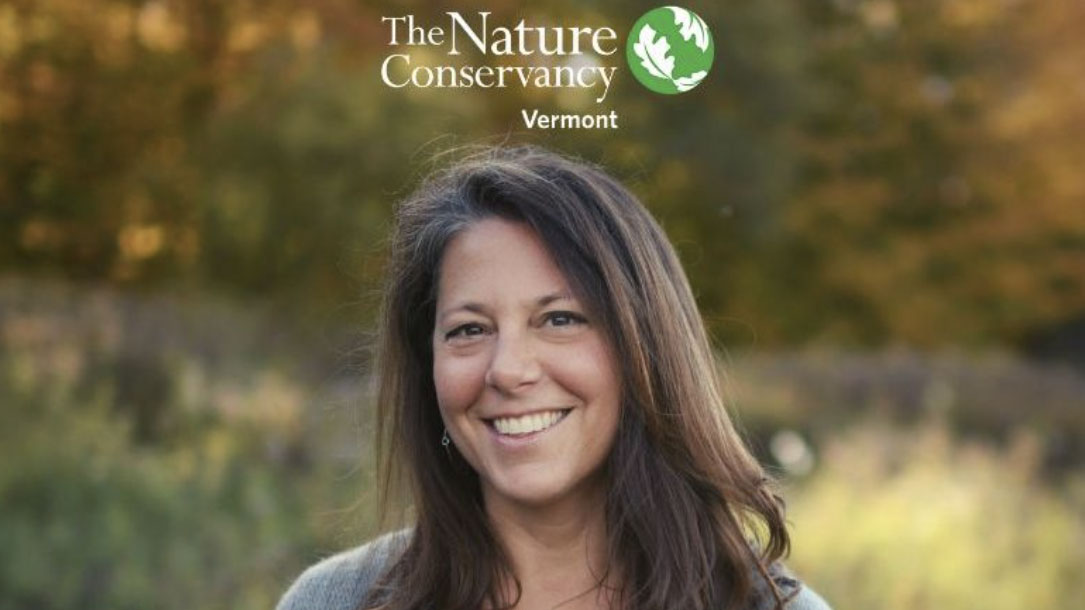
Weekly Planet: Nature is heart of our recovery
If you’ve had a long relationship with nature, you may wonder “am I seeing fewer fireflies, butterflies, and birds than when I was a kid?” Sadly, the answer is “yes.” Since 1970, butterfly populations have plummeted 35%, amphibian populations have declined by 30% and bird populations have decreased by 29% equating to three billion fewer birds since the year I was born. While these facts are sobering, the good news is that conservation action has solutions. As wildlife populations have been spiraling downward, wetland bird populations have been increasing.
Why? Because tens of millions of dollars have been invested in the protection and restoration of our nation’s wetlands, the same wetlands that help filter and clean our waters, store carbon, and absorb floodwaters—by and large, making our communities healthier and safer…
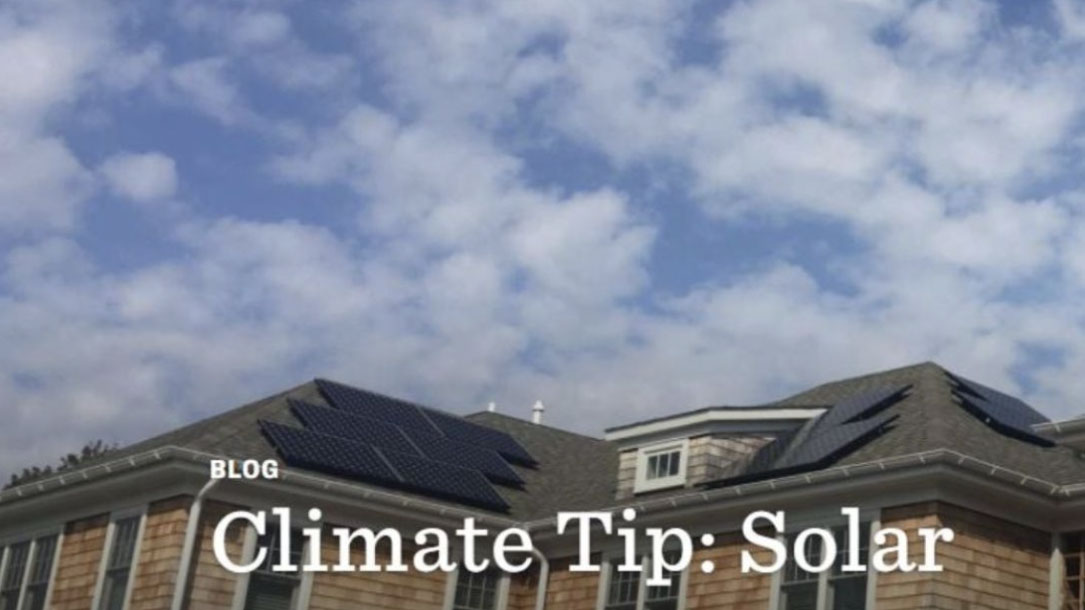
Climate tip: solar
[Recently, the Peconic Land Trust] celebrated National Cut Your Energy Cost Day with a look at our own energy costs. The Peconic Land Trust has been working to cut its energy costs through the use of solar panels—which is both economically and environmentally friendly. The net cost of solar is significantly lower than the current cost of utility power on Long Island, $0.09/ kWH to $0.21/ kWh respectively.
During the renovation of the Southampton office building in 2017, 32 solar panels were installed on the roof by GreenLogic. Since then, the panels have produced over 45,000 kWh of energy at a savings of more than $10,000! Power on Long Island comes from a combination of sources including coal and natural gas…












